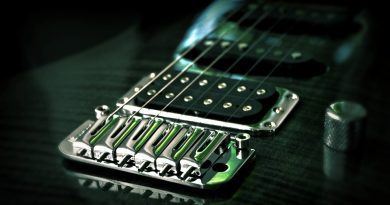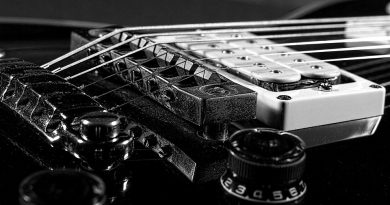Unlocking the Secrets of Augmented Chords: A Comprehensive Guide for Guitarists
Unlocking the Secrets of Augmented Chords: A Comprehensive Guide for Guitarists
As a guitarist, mastering various chord types is essential for expanding your musical vocabulary and creating interesting and unique sounds. One type of chord that often perplexes many musicians is the augmented chord. In this comprehensive guide, we will delve into the world of augmented chords, exploring their construction, sound, and how to incorporate them into your playing.
What is an Augmented Chord?
An augmented chord is a triad that is built by stacking two major thirds on top of each other. This results in a chord that has a unique and dissonant sound, making it stand out from traditional major and minor chords. The formula for constructing an augmented chord is 1-3-#5, meaning it consists of the root note, the major third interval, and the augmented fifth interval.
The augmented chord is often denoted by the symbol “aug” or a “+” sign after the chord name. For example, a C augmented chord would be written as Caug or C+. This chord has a bright and tense quality, making it a great choice for adding tension and drama to your music.
How to Play an Augmented Chord on the Guitar
To play an augmented chord on the guitar, you simply need to find the root note of the chord and build the triad from there. Let’s take a look at how to play a C augmented chord as an example:
– Place your first finger on the 3rd fret of the A string, which is the C note (root).
– Place your third finger on the 5th fret of the D string, which is the E note (major third).
– Place your fourth finger on the 5th fret of the G string, which is the G# note (augmented fifth).
Strumming these three notes together creates the bright and dissonant sound of the C augmented chord. Experiment with different voicings and positions on the guitar neck to discover new ways of playing augmented chords.
Using Augmented Chords in Progressions
Augmented chords can be used in a variety of musical contexts to create tension and color in your playing. One common use of augmented chords is as a substitute for dominant chords in a progression. For example, instead of playing a G7 chord in the key of C major, you can substitute it with a G augmented chord (Gaug). This creates a unique and unexpected harmonic movement that adds interest to your playing.
You can also experiment with adding augmented chords to your existing progressions to create a more complex and dynamic sound. Try incorporating augmented chords into your chord substitutions or using them to create chromatic movement in your progressions.
Augmented Chords in Melodic Playing
In addition to using augmented chords in chord progressions, you can also incorporate them into your melodic playing to create interesting and unconventional lines. Experiment with using the notes of an augmented chord as passing tones or embellishments in your solos to add a touch of tension and unpredictability to your playing.
You can also arpeggiate augmented chords to create unique and angular melodic patterns. Try playing the notes of an augmented chord in various rhythmic patterns and sequences to explore the full range of possibilities that this chord type offers.
Conclusion
Augmented chords are a versatile and intriguing addition to your musical toolbox as a guitarist. By understanding their construction, sound, and various uses, you can unlock a world of creative possibilities in your playing. Experiment with incorporating augmented chords into your progressions, melodic lines, and improvisations to add depth and complexity to your music. With practice and exploration, you can master the secrets of augmented chords and use them to create truly innovative and captivating music.






